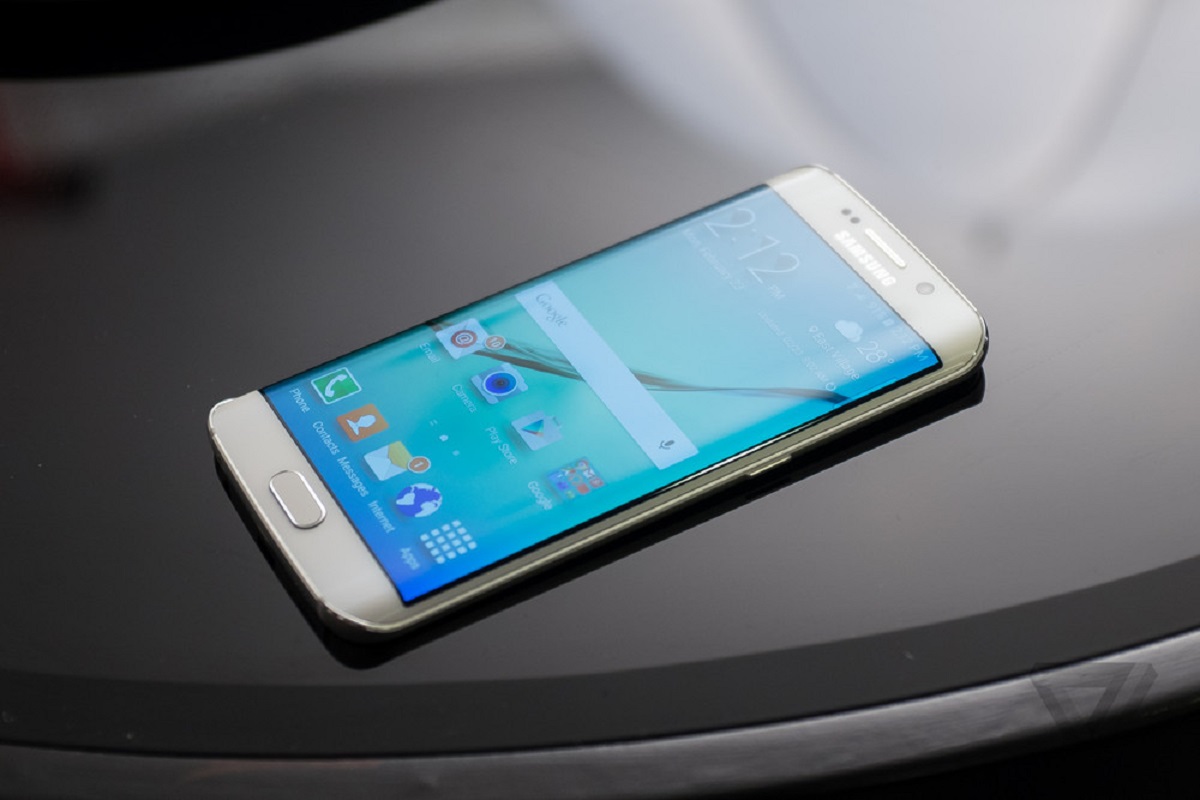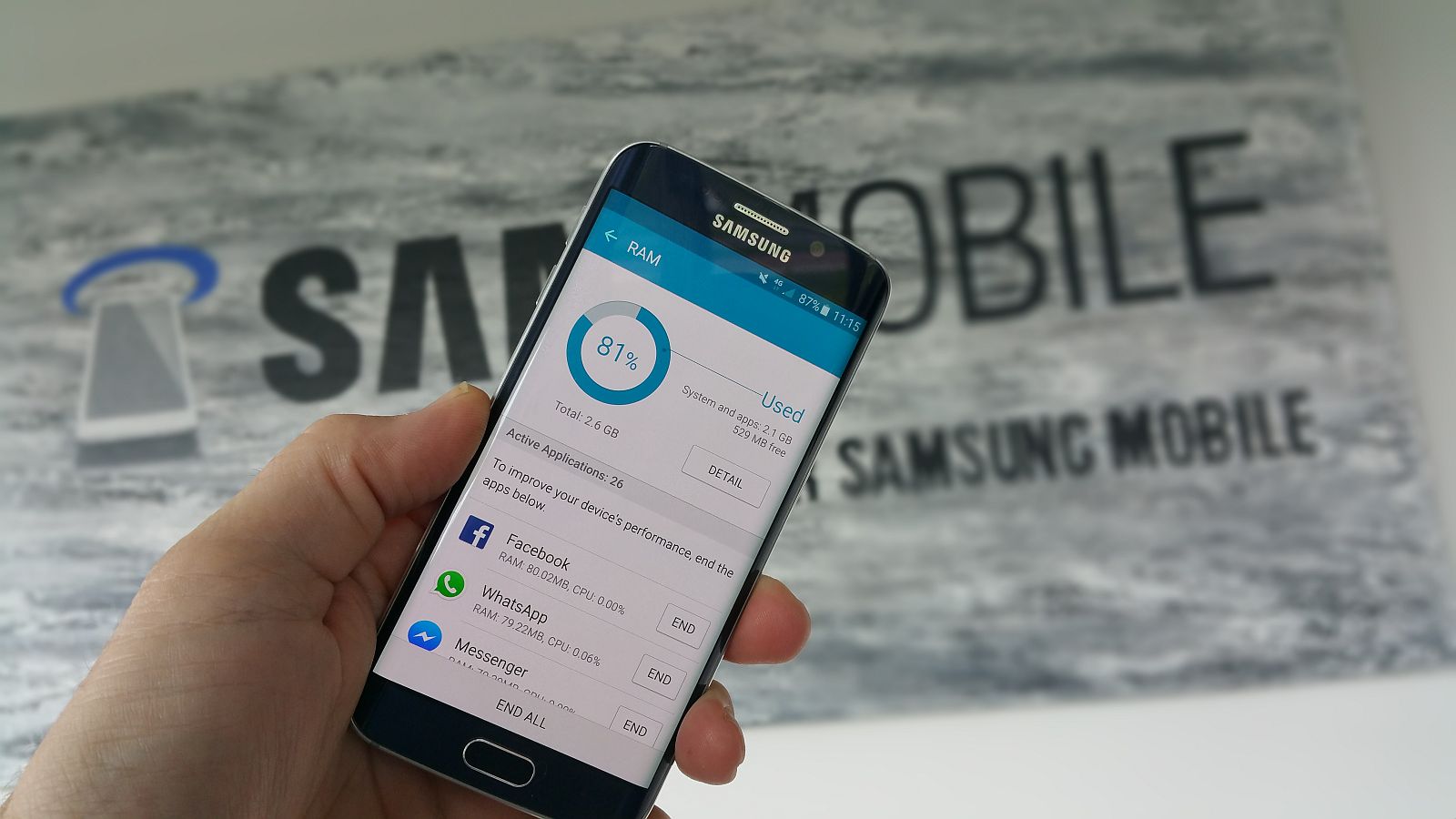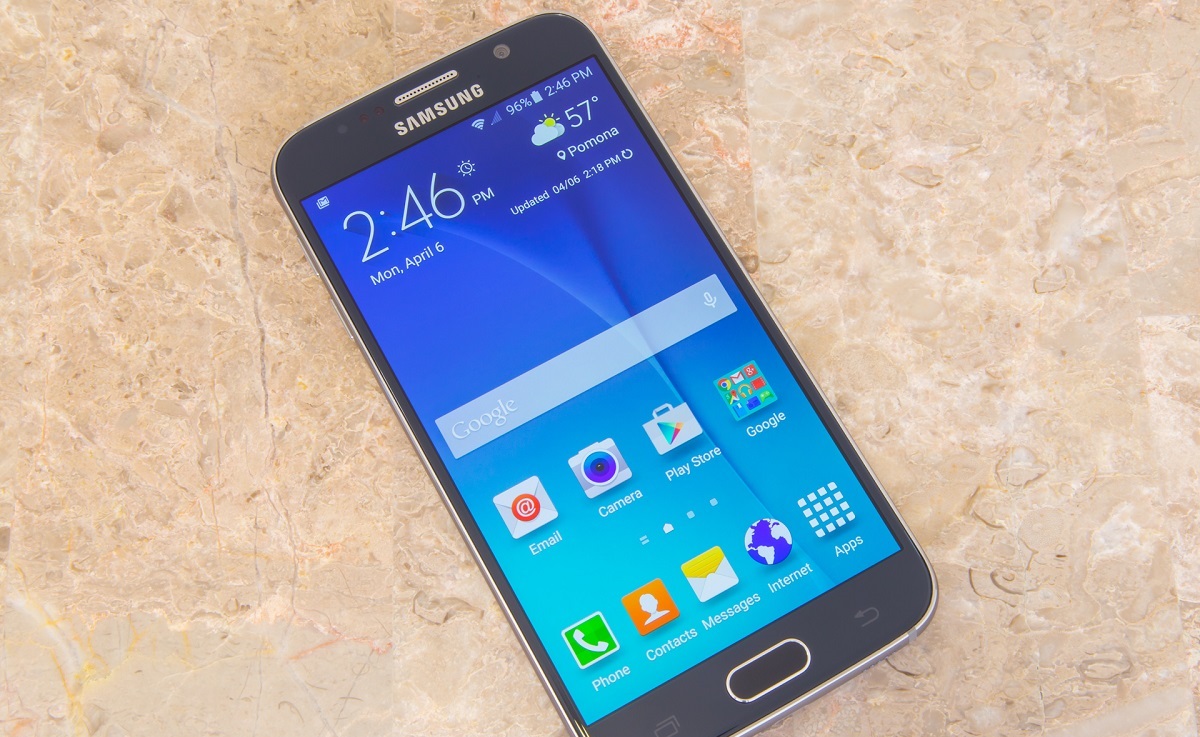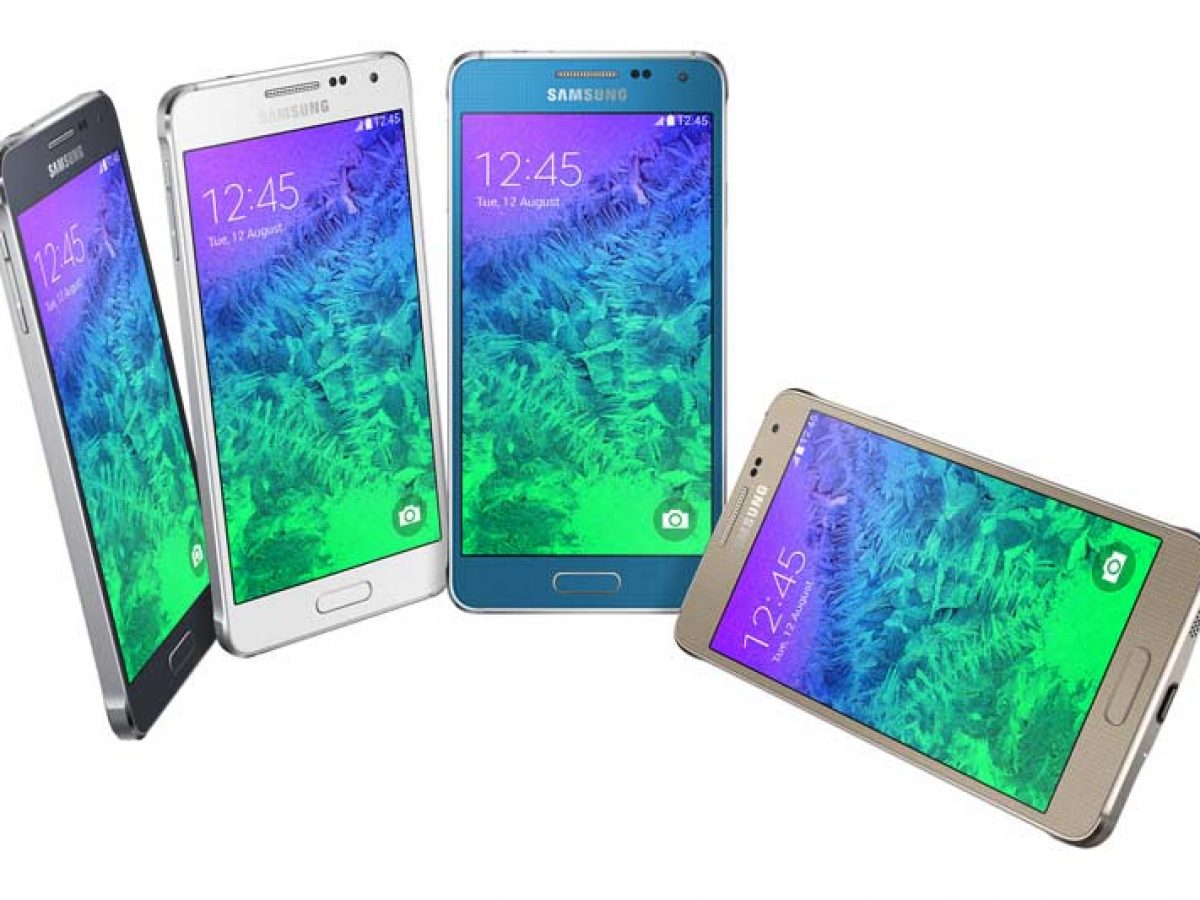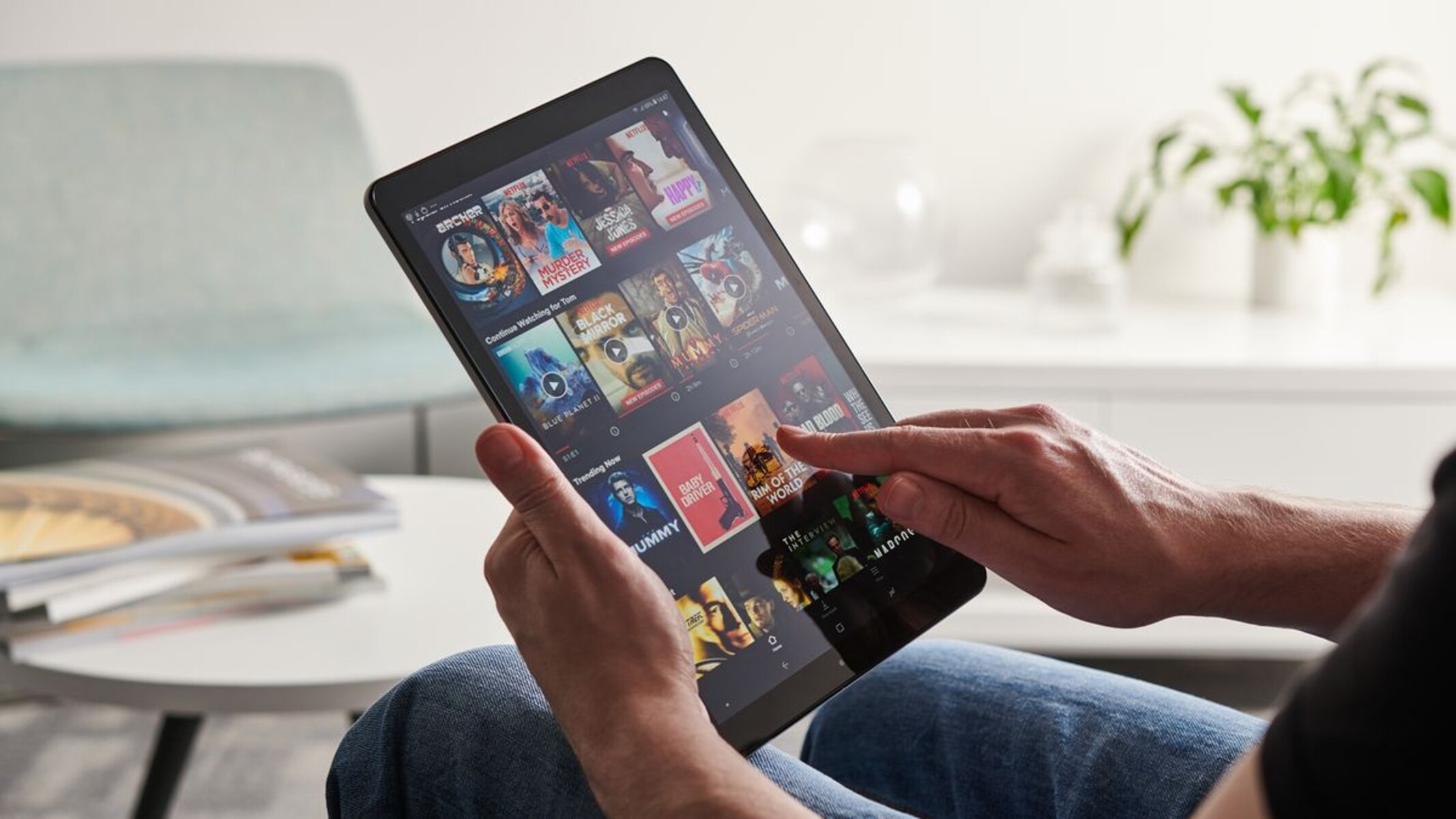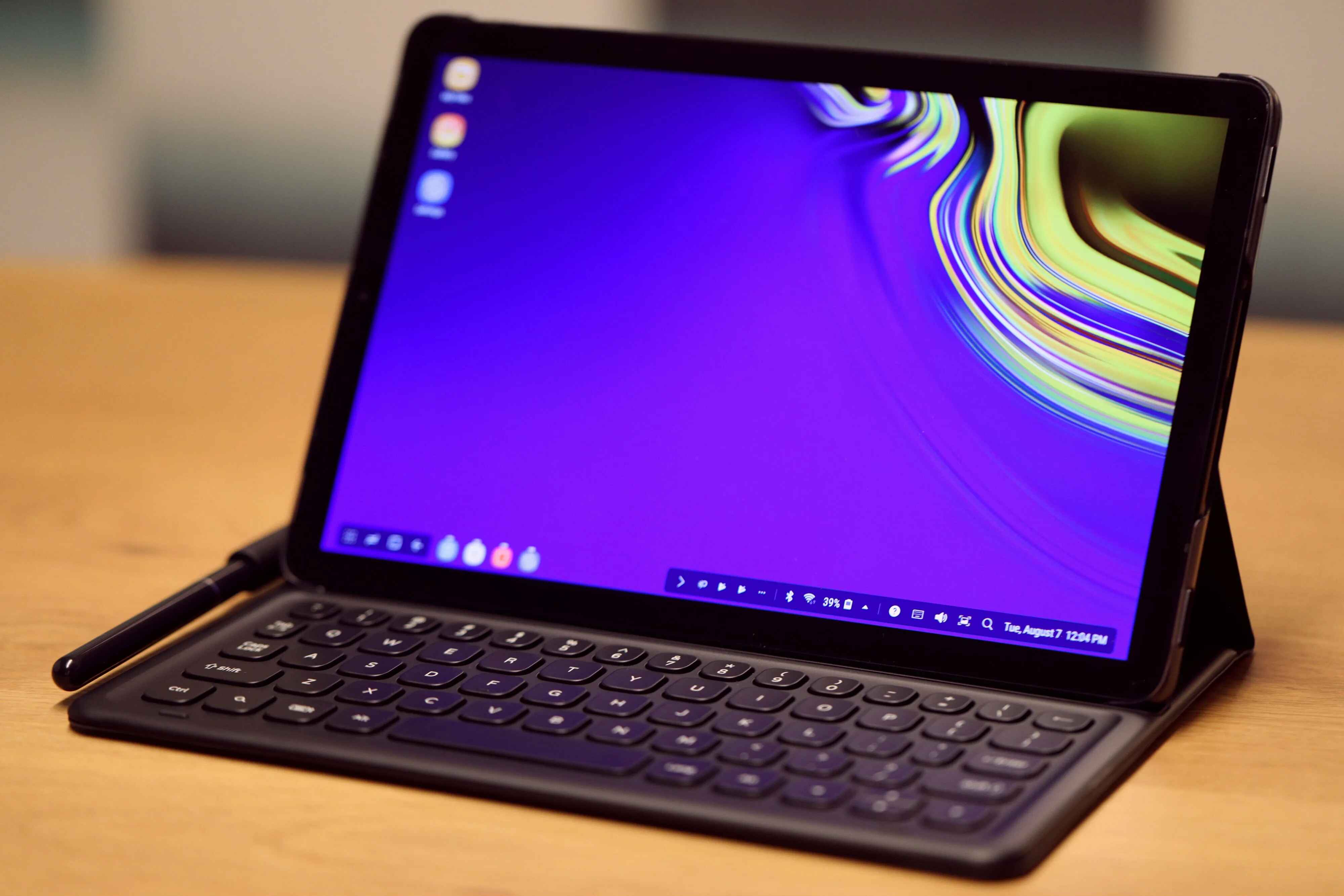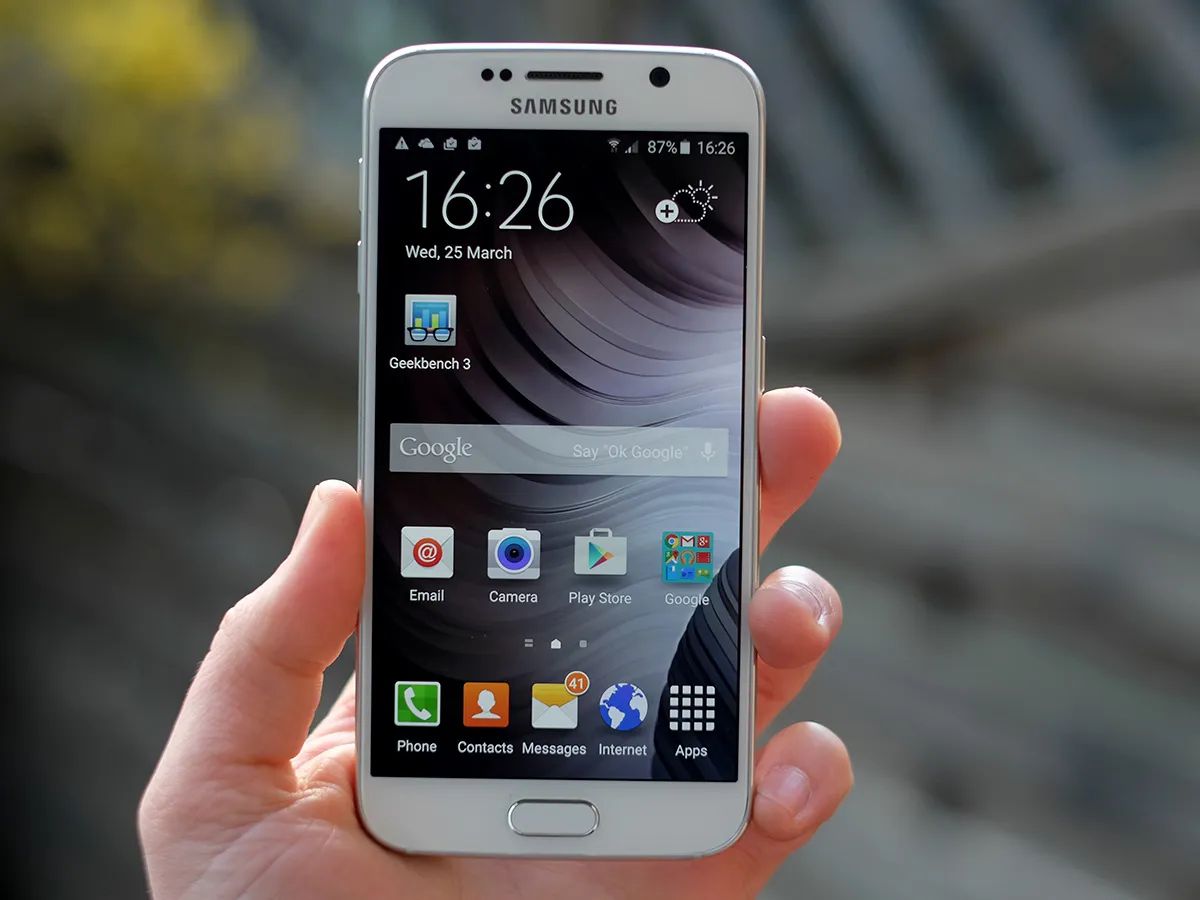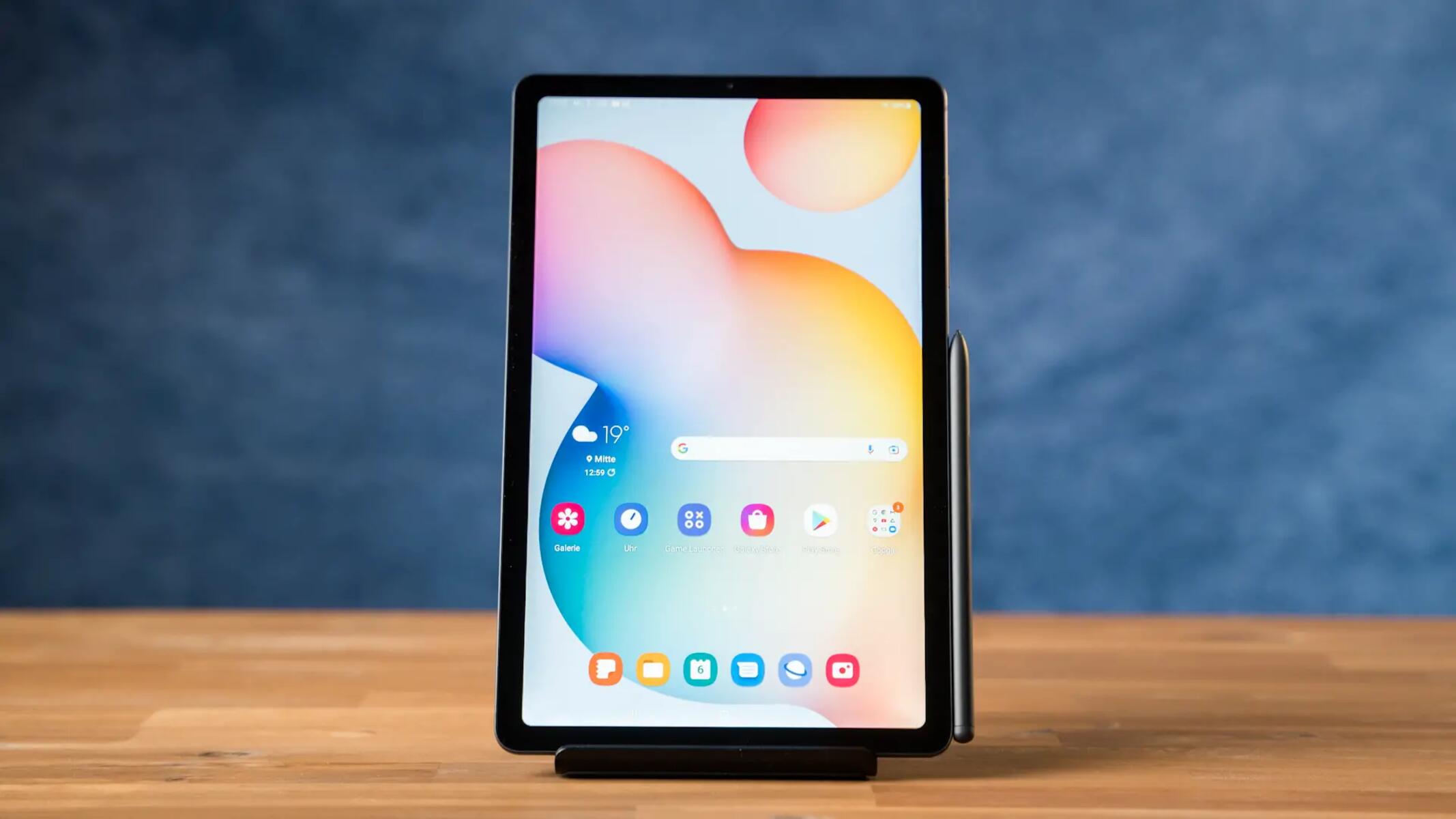Introduction
Welcome to the world of smartphones, where every new device brings a host of exciting features and advancements. Among the many factors that determine the performance of a smartphone, RAM (Random Access Memory) plays a crucial role. RAM is the temporary storage space where apps and processes are loaded, allowing for smooth multitasking and speedy performance.
In this article, we will be diving into the world of the Samsung Galaxy S6 and exploring its RAM capacity. The Galaxy S6, released in 2015, was a flagship device that brought several innovative features to the market. But how much RAM does the Galaxy S6 have, and how does it compare to other smartphones in its class?
Before we delve into the details, let’s briefly review the key specifications of the Galaxy S6. This stunning device boasted a sleek design with a glass back and a metal frame, setting it apart from its predecessors. It featured a 5.1-inch Super AMOLED display with a resolution of 1440 x 2560 pixels, offering vibrant colors and sharp visuals. Powering the device was a 64-bit Exynos 7420 octa-core processor, ensuring snappy performance and efficient power management. The Galaxy S6 also impressed with its camera capabilities, sporting a 16-megapixel rear camera and a 5-megapixel front-facing camera.
Now, let’s shift our focus to the RAM capacity of the Galaxy S6. RAM plays a critical role in determining how smoothly a smartphone operates, especially when it comes to multitasking and running resource-intensive applications. With a sufficient amount of RAM, a smartphone can handle numerous apps in the background without compromising performance.
Next, we will explore the importance of RAM in a smartphone and highlight the benefits of having more RAM. So, let’s dive deeper and uncover how much RAM the Galaxy S6 has and its significance in delivering a seamless user experience.
Specs of the Galaxy S6
Before we delve into the RAM capacity of the Samsung Galaxy S6, let’s take a closer look at some of its other impressive specifications. Released in 2015, the Galaxy S6 marked a significant leap forward in terms of design and performance for Samsung.
The Galaxy S6 boasted a stunning 5.1-inch Super AMOLED display with a resolution of 1440 x 2560 pixels. This meant users could enjoy incredibly sharp and vibrant visuals, perfect for watching videos, browsing photos, or playing games. The display also featured an impressive pixel density of 577 pixels per inch, ensuring everything on the screen looked crisp and detailed.
Powering the Galaxy S6 was Samsung’s own Exynos 7420 octa-core processor. Built on a 14nm manufacturing process, this processor was highly efficient and delivered exceptional performance. It featured four Cortex-A57 cores clocked at 2.1 GHz and four Cortex-A53 cores clocked at 1.5 GHz, allowing for smooth multitasking and efficient power management.
In terms of storage, the Galaxy S6 offered different options, with 32GB, 64GB, and 128GB variants available. However, it’s important to note that the device did not support expandable storage via a microSD card, a departure from previous Galaxy models.
One area where the Galaxy S6 truly shined was its camera capabilities. The device boasted a 16-megapixel rear camera with an f/1.9 aperture, optical image stabilization, and autofocus. This combination allowed users to capture stunning photos with impressive detail and clarity, even in low-light conditions. On the front, the Galaxy S6 featured a 5-megapixel camera, perfect for taking selfies or participating in video calls.
When it came to connectivity, the Galaxy S6 offered support for 4G LTE, Wi-Fi 802.11ac, Bluetooth 4.1, NFC, and GPS. It also featured a fingerprint sensor embedded in the home button, adding an extra layer of security and convenience for users.
Overall, the Galaxy S6 was a flagship device that brought several noteworthy features to the table. Its stunning display, powerful processor, and impressive camera capabilities made it a popular choice among smartphone enthusiasts. Now that we have a better understanding of the Galaxy S6’s specifications, let’s dig deeper into its RAM capacity and its impact on performance.
RAM Capacity
RAM, or Random Access Memory, is a vital component of any smartphone as it directly affects the device’s performance and multitasking capabilities. The amount of RAM a smartphone has determines how many apps can be run simultaneously without experiencing sluggishness or lag. So, how much RAM does the Samsung Galaxy S6 have?
The Galaxy S6 was equipped with 3GB of LPDDR4 RAM, which was considered ample for a flagship device at the time of its release. This configuration enabled the device to handle demanding tasks and run multiple apps smoothly without any noticeable slowdown. With 3GB of RAM, users could multitask effortlessly, switching between apps, browsing the web, playing games, and streaming media.
While 3GB of RAM was sufficient for most day-to-day activities, it’s worth noting that RAM usage varies depending on individual usage patterns and the resource requirements of installed apps. Heavy multitaskers or users who frequently use resource-intensive applications may have encountered occasional slowdowns or app reloads due to the limitations of the Galaxy S6’s RAM capacity.
Despite its slightly lower RAM capacity compared to some of its competitors, the Galaxy S6 still managed to deliver a smooth and enjoyable user experience. This can be attributed to Samsung’s optimized software and the efficient memory management system in place.
Although the Galaxy S6’s RAM capacity may seem relatively modest compared to more recent flagship smartphones with 6GB, 8GB, or even 12GB of RAM, it’s important to remember that RAM capacity alone does not determine the overall performance of a device. Other factors such as the operating system, processor, and software optimization also play crucial roles in determining a smartphone’s speed and performance.
Ultimately, the 3GB of RAM in the Samsung Galaxy S6 struck a good balance between performance and power efficiency during its time. It ensured that users could enjoy a seamless multitasking experience without draining the battery excessively.
Now that we understand the RAM capacity of the Galaxy S6, let’s explore the significance of RAM in a smartphone and the benefits of having more RAM in the next section.
The Importance of RAM in a Smartphone
RAM, or Random Access Memory, plays a crucial role in determining the performance and functionality of a smartphone. It serves as a temporary storage space where apps and processes are loaded, allowing for quick access and smooth multitasking. Here’s why RAM is essential in a smartphone:
1. Multitasking: RAM enables a smartphone to handle multiple tasks simultaneously. Whether you’re browsing the web, streaming media, using social media apps, or playing games, RAM ensures that you can switch between tasks seamlessly without experiencing slowdowns or crashes.
2. App Performance: RAM directly impacts the performance of apps. When an app is launched, it is loaded into RAM, allowing for faster and smoother operation. Sufficient RAM ensures that apps can run smoothly, reducing load times and minimizing lag.
3. System Performance: RAM not only affects individual apps but also the overall performance of the smartphone. With more RAM, the operating system can run efficiently, resulting in a snappy and responsive user interface. It also allows for faster app switching and smoother transitions between screens.
4. Gaming Experience: Gaming on a smartphone can be demanding in terms of processing power and memory requirements. Games with complex graphics and immersive gameplay often require a significant amount of RAM to run smoothly without lag or frame drops. Adequate RAM ensures a seamless gaming experience without compromising on visual fidelity or performance.
5. Future-Proofing: As mobile apps and operating systems become more advanced, their resource requirements also increase. Smartphones with higher RAM capacities are better equipped to handle future updates and more demanding apps, ensuring a longer lifespan for your device.
While RAM is undoubtedly important, it’s worth noting that it is just one component of a smartphone’s overall performance. Factors like the processor, storage speed, and software optimization also contribute to the overall user experience. However, having sufficient RAM is crucial for ensuring the smooth operation of a smartphone and enhancing user satisfaction.
Now that we understand the importance of RAM in a smartphone, let’s explore the benefits of having more RAM in the next section.
Benefits of More RAM
Having more RAM in a smartphone brings several benefits that enhance the overall user experience. Here are some of the advantages of having higher RAM capacity:
1. Improved Multitasking: More RAM allows for smoother multitasking, enabling users to switch between apps and perform tasks simultaneously without any noticeable lag or slowdown. It ensures that background processes and apps can stay active without impacting the performance of the foreground app.
2. Faster App Loading: With more RAM, apps can be cached in memory, reducing load times significantly. This means that commonly used apps can launch almost instantly, minimizing waiting times and providing a seamless user experience.
3. Better Gaming Performance: Games with high-resolution graphics and complex gameplay require substantial amounts of RAM to run smoothly. More RAM allows for improved rendering, faster loading of game assets, and overall better gaming performance without frame drops or lag.
4. Enhanced Web Browsing: Modern web browsers are feature-rich and may consume a significant amount of RAM, especially when loading multiple tabs or running media-rich content. Having more RAM ensures that web pages load quickly, allowing for smoother scrolling, faster navigation, and improved overall browsing experience.
5. Enhanced App Performance: Apps that require more resources, such as video editing or graphic design apps, can benefit from having more RAM available. This allows for better performance, smoother rendering, and reduced waiting times when working with complex files or performing resource-intensive tasks within the app.
6. Future-Proofing: Investing in a smartphone with higher RAM capacity ensures that the device will be able to handle future updates and more demanding apps. As technology continues to advance, apps and operating systems will likely require more resources. Having more RAM provides a level of future-proofing, allowing the device to remain capable and performant for a longer period of time.
In summary, having more RAM in a smartphone brings several benefits, including improved multitasking, faster app loading times, better gaming performance, enhanced web browsing, and enhanced app performance. It also provides a level of future-proofing, ensuring that the device can handle upcoming software updates and demanding applications. With these advantages, more RAM contributes to an overall smoother, more efficient, and enjoyable user experience on a smartphone.
Does the S6 Have Enough RAM?
When it comes to determining whether the Samsung Galaxy S6 has enough RAM, it’s important to consider several factors, including the device’s release date, its specifications, and the user’s specific needs and usage patterns.
The Galaxy S6 was released in 2015, and at that time, 3GB of RAM was considered sufficient for most flagship smartphones. It allowed for smooth multitasking and efficient app performance, ensuring that users could switch between apps seamlessly without experiencing significant slowdowns or lag.
However, as technology has progressed and app requirements have increased, the standard for RAM capacity in smartphones has also risen. Nowadays, smartphones with 6GB, 8GB, or even 12GB of RAM are becoming more common, especially in the high-end segment of the market.
That being said, it’s important to assess your specific needs and usage patterns. For general day-to-day usage, such as browsing the web, social media, and using productivity apps, the Galaxy S6’s 3GB of RAM is still adequate. It can handle these tasks smoothly without any noticeable slowdowns.
However, if you’re an avid gamer or frequently use resource-intensive applications, you may encounter occasional performance issues or app reloads due to the limited RAM capacity. Such demanding tasks can consume a significant portion of the available RAM, leaving less space for background processes and other apps.
Additionally, newer versions of operating systems and apps may require more resources than when the Galaxy S6 was released. As a result, running the latest software may put additional strain on the device’s RAM capacity.
Ultimately, while the Galaxy S6 may not boast the highest RAM capacity by today’s standards, it still offers a decent user experience for general day-to-day usage. However, if you have specific requirements for intensive multitasking, gaming, or running heavy applications, you might want to consider a smartphone with a higher RAM capacity to ensure optimal performance.
Keep in mind that RAM is just one aspect of a smartphone’s overall performance, and other factors such as processor speed, storage type, and software optimization also play significant roles in delivering a smooth user experience.
Next, we will compare the Galaxy S6’s RAM capacity to other smartphones in its class to gain a better understanding of its standing in the market.
Comparing the S6 to Other Smartphones
When it comes to RAM capacity, comparing the Samsung Galaxy S6 to other smartphones in its class can provide insights into its standing in the market. Let’s take a look at some popular smartphones released around the same time as the S6 and see how they stack up:
1. Apple iPhone 6: The iPhone 6, released in 2014, came with 1GB of RAM. Compared to the Galaxy S6’s 3GB, the S6 offered significantly more RAM, which allowed for better multitasking and smoother app performance.
2. LG G4: The LG G4, also released in 2015, featured 3GB of RAM, matching the Galaxy S6. This means both devices offered similar capabilities when it came to multitasking and handling resource-intensive apps.
3. HTC One M9: The HTC One M9, another flagship device from 2015, also had 3GB of RAM, putting it on par with the Galaxy S6 in terms of multitasking capabilities and app performance.
4. Samsung Galaxy Note 5: The Galaxy Note 5, released in the same year as the S6, featured 4GB of RAM, offering a slight edge over the S6 in terms of handling demanding tasks and resource-intensive applications.
It’s essential to note that RAM alone doesn’t paint the whole picture of a smartphone’s performance. Factors such as processor efficiency, software optimization, and storage speed also contribute significantly.
While the Galaxy S6’s 3GB of RAM may not match the higher RAM capacities found in more recent smartphones, it still held its own when compared to other devices from its time. The efficient memory management system of the S6, combined with other impressive specifications, allowed for a smooth user experience.
If you’re considering upgrading from the Galaxy S6 and RAM capacity is a priority for you, exploring newer devices with higher RAM capacities may be worthwhile. However, if your usage primarily involves day-to-day tasks such as web browsing, social media, or productivity apps, the Galaxy S6’s 3GB of RAM should still suffice.
Next, let’s conclude our discussion and summarize the key points discussed throughout this article.
Conclusion
In conclusion, the Samsung Galaxy S6, released in 2015, was a flagship device that brought several innovative features to the market. Although RAM capacity is just one aspect of a smartphone’s overall performance, it plays a crucial role in determining how smoothly the device operates, especially when it comes to multitasking and running resource-intensive applications.
The Galaxy S6 was equipped with 3GB of RAM, which was considered sufficient during its time for most day-to-day usage and provided a smooth user experience. However, with the advancement of technology and increasing demands of newer apps and operating systems, smartphones with higher RAM capacities have become more common in recent years.
While the Galaxy S6’s RAM capacity may not be able to match the higher capacities found in more recent devices, it still offered a solid performance for general usage. The device’s efficient memory management system, combined with its other impressive specifications, allowed for smooth multitasking, fast app loading times, and enjoyable gaming experiences.
If you require extensive multitasking or frequently use resource-intensive applications, you may encounter occasional performance issues or app reloads due to the limited RAM capacity of the Galaxy S6. In that case, upgrading to a smartphone with a higher RAM capacity could provide a more optimal user experience.
Ultimately, when considering whether the Galaxy S6 has enough RAM, it’s important to evaluate your specific needs and usage patterns. For general day-to-day usage, the 3GB of RAM in the Galaxy S6 still holds up well. However, if you require intensive multitasking, gaming, or running heavy applications, you may want to consider a device with a higher RAM capacity to ensure optimal performance.
Remember, RAM is just one component that contributes to a smartphone’s overall performance. Factors such as the processor, storage speed, and software optimization also play significant roles. It’s essential to consider these factors as well when making a decision about which smartphone best suits your needs.
Overall, the Samsung Galaxy S6, with its 3GB of RAM, offered a solid performance during its time and still holds up well for general day-to-day usage. As technology continues to evolve, newer devices may offer higher RAM capacities to meet the demands of more resource-intensive applications. However, the Galaxy S6 remains a commendable device that paved the way for future smartphone advancements.







